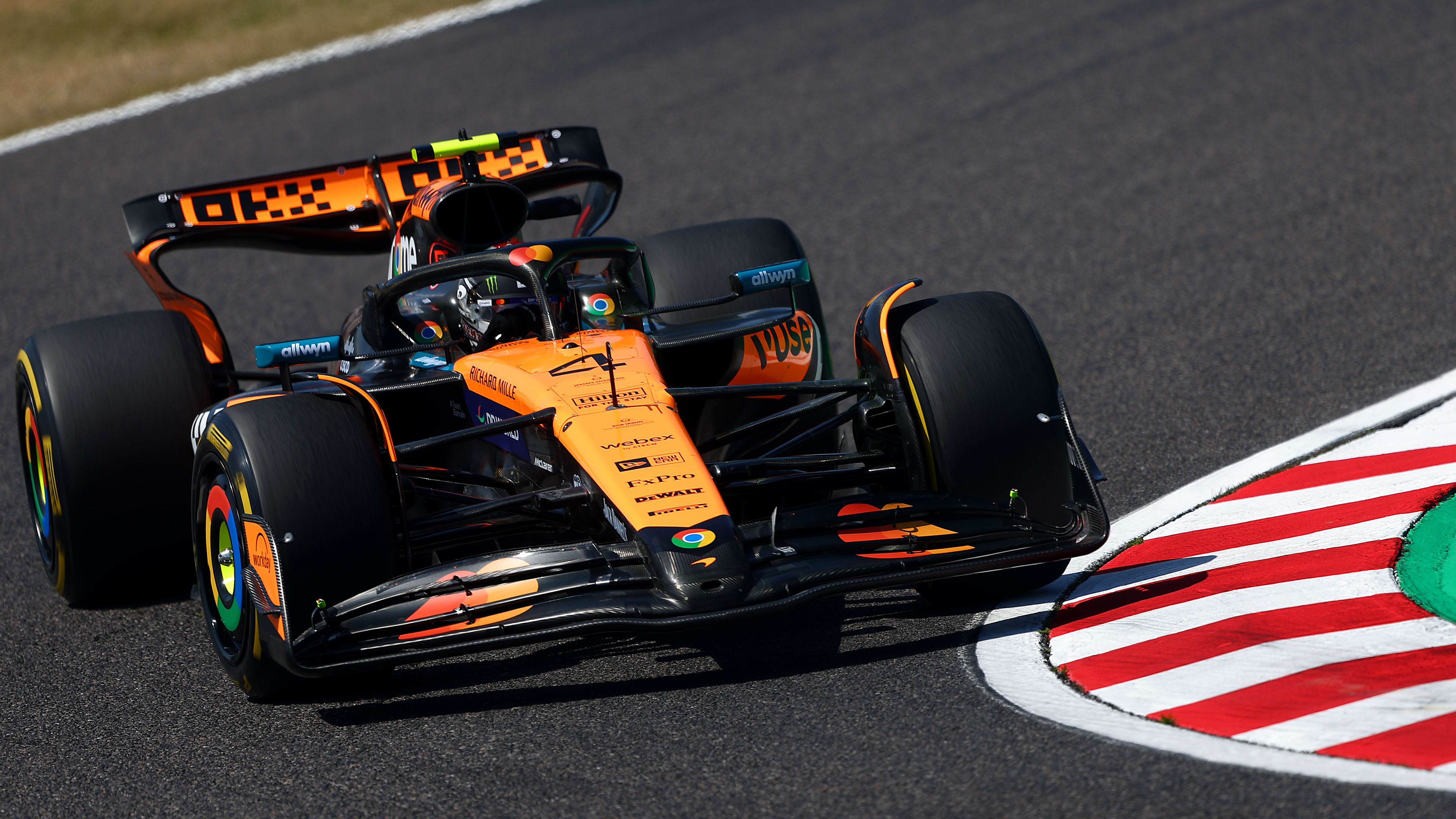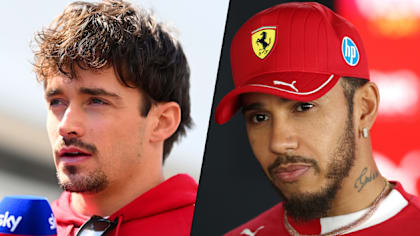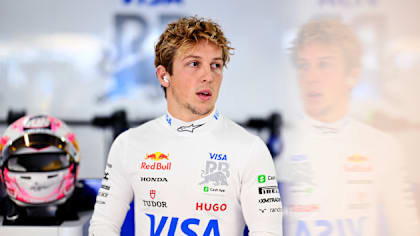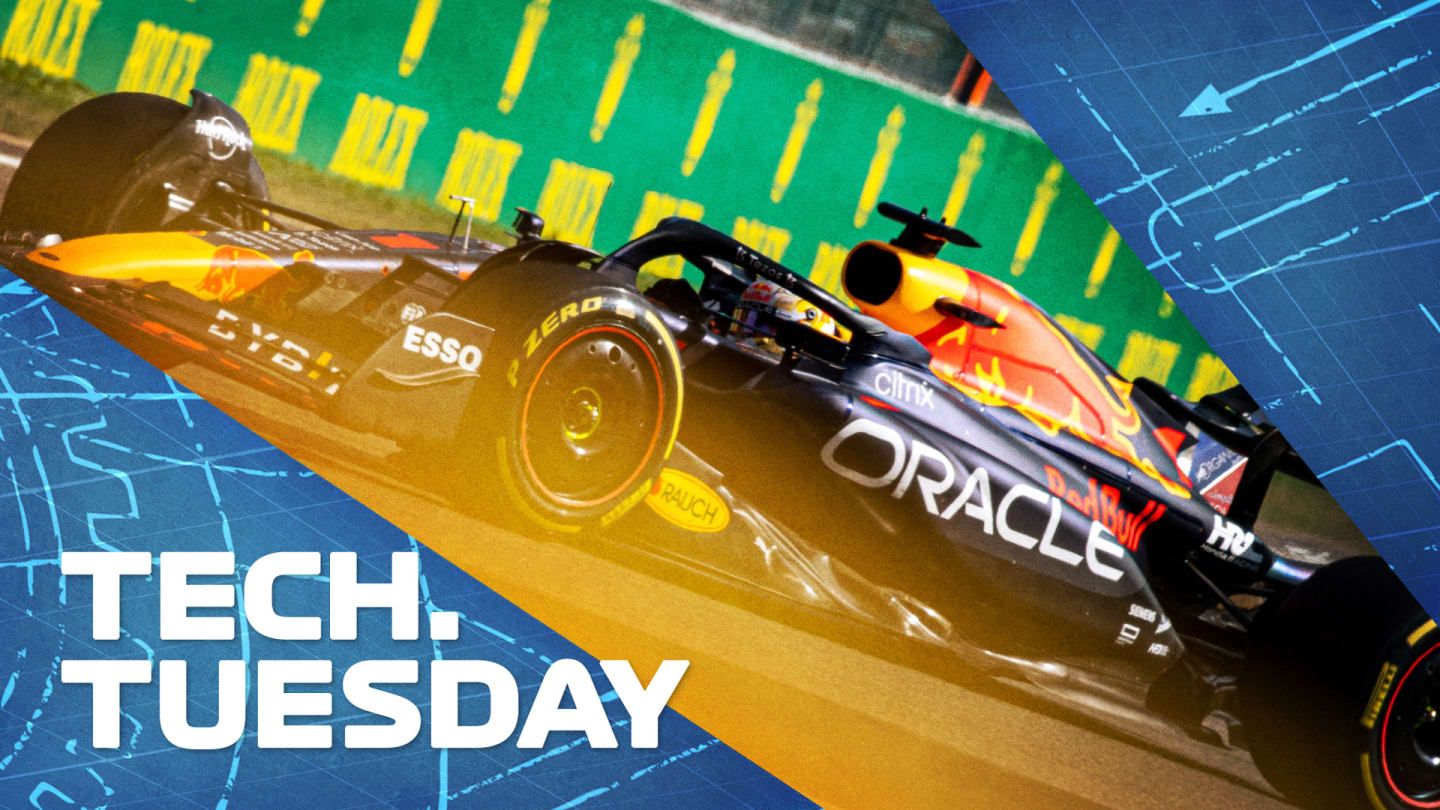
Technical
TECH TUESDAY: How Red Bull engineered the RB18 to dominate at Spa

Share

F1 technical expert Mark Hughes compares Red Bull and Ferrari’s set-ups for the 2022 Belgian Grand Prix to find out how Max Verstappen charged to a comfortable victory ahead of team mate Sergio Perez.
Carlos Sainz summed up Red Bull’s dominance of the Belgian Grand Prix very succinctly: “They were just strong in quali, strong in the race, better in tyre management, stronger in the straights, strong in the corners, in some of them, and we were not quick enough, unfortunately.”
Red Bull’s advantage over Ferrari at Spa was unprecedented for this season. It’s no coincidence that this is the circuit with the most extreme demands of aerodynamic efficiency on the calendar, greater even than Baku or Monza. The cars spend far longer in Spa’s middle sector than in either of the first and third – and that middle sector heavily rewards downforce. But the first and third sectors heavily reward low drag. Those demands obviously conflict – because downforce induces drag.
READ MORE: How Mercedes went from pole in Hungary to 1.8s off the pace at Spa
Looking at the speed profiles of the cars, the Red Bull was slightly faster than the Ferrari in the first and third sectors (by 0.054s in S1 and 0.162s in S3) but much faster in sector two (0.377s). These numbers are from qualifying and actually probably undersell the Red Bull’s actual advantage as Max Verstappen did only a single Q3 lap, knowing he was taking grid penalties and not actually fighting to start first.
In the race, with almost 30kg more fuel and a harder tyre, he lapped 0.6s faster than Charles Leclerc’s attempt at fastest lap near the end. Thirty kilogrammes of fuel would typically cost around 1s of lap time at Spa, so it would appear the 0.65s gap Verstappen had over Sainz in qualifying was not the full expression of the real advantage.
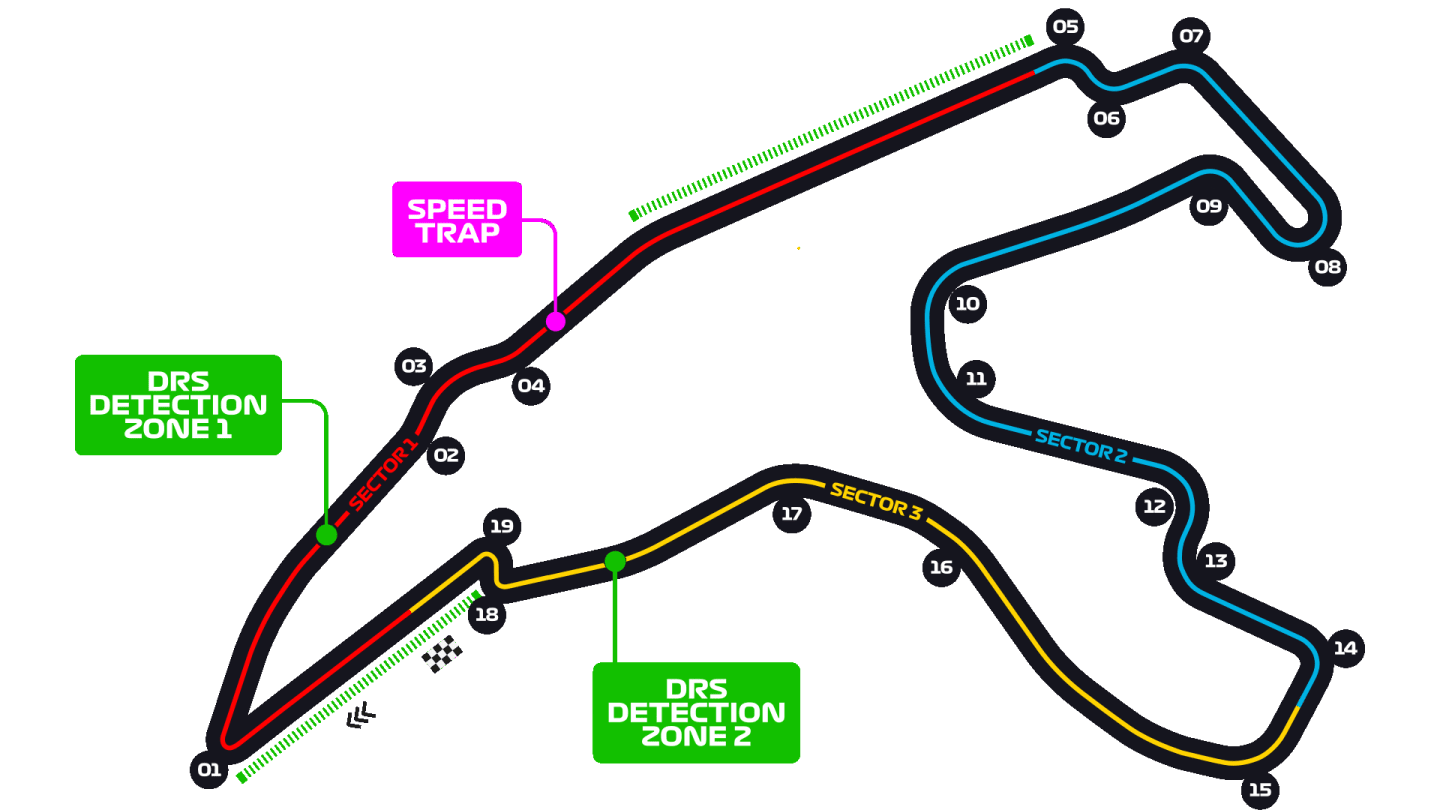
Red Bull aced Sector 2 of Spa-Francorchamps
Because of the extreme emphasis it puts on aero efficiency (the best combination of the conflicting demands of low drag and high downforce), the layout of Spa allowed Red Bull to reach an entirely different level of advantage to any other track visited this year. How was this done?
Looking first at the chosen wing levels, although Ferrari used the bigger of their two available wings, theirs still featured less area than the Red Bull’s. Red Bull were actually running a bigger wing than Ferrari around Spa (which is counter to the usual 2022 pattern).
That goes some way to explaining the RB18’s superiority through the high-speed corners of the middle sector. How then did they also maintain a small advantage even through the long flat-out sections of Sectors 1 and 3?
Looking at an overlay of the Verstappen and Sainz qualifying laps, Verstappen has better traction out of La Source, which sees the Red Bull faster until just before Eau Rouge. It is only from Eau Rouge and for the rest of the Kemmel straight that the Ferrari is going faster – and not by much. The Red Bull has gained slightly more time from its better exit from La Source than it loses from its slightly slower speeds down the subsequent flat-out section.
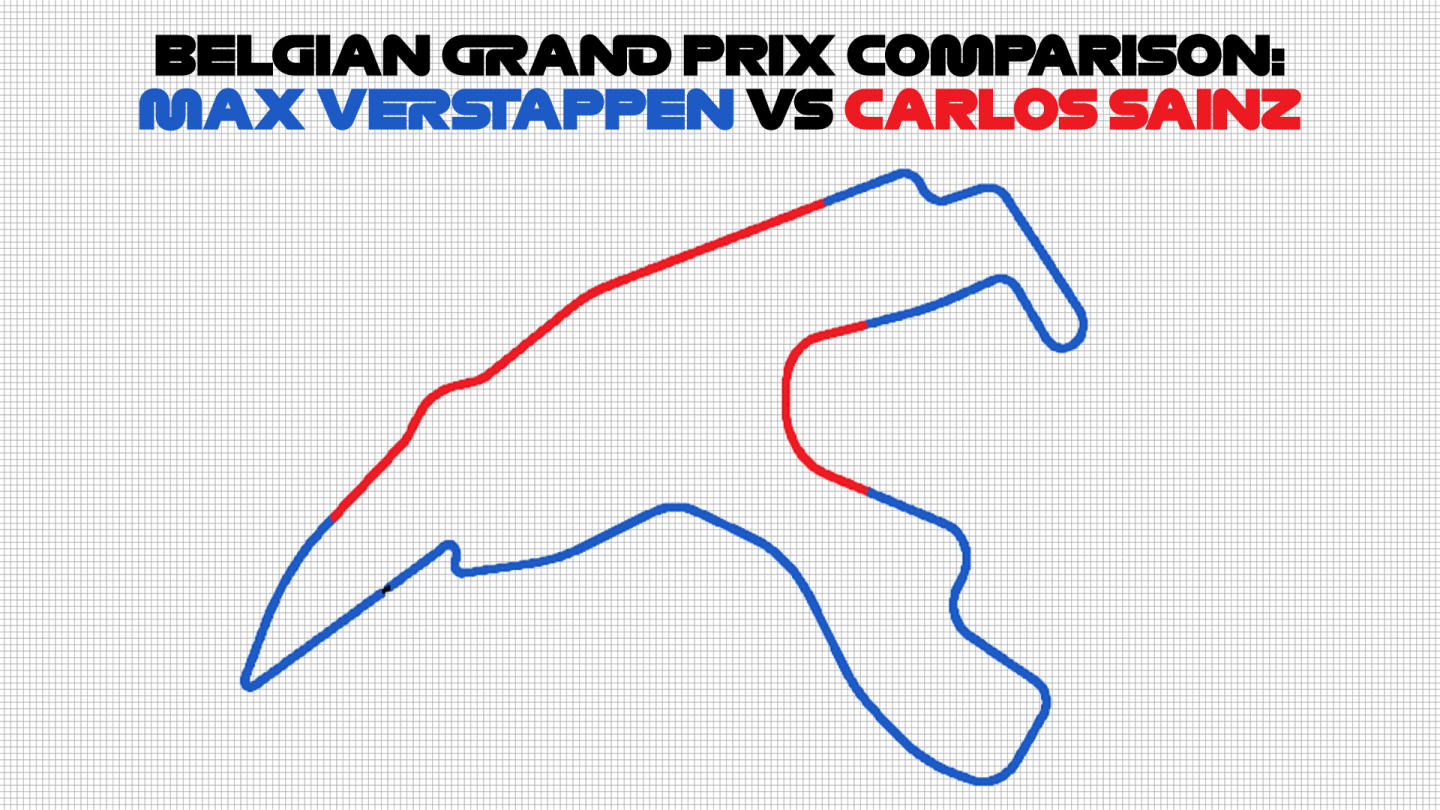
The blue line shows where Verstappen was quicker, the red where Sainz was
Into the beginning of Sector 2, the Red Bull comes into its own as its greater direction change ability is heavily rewarded – but Sainz’s flat-in-top commitment through Pouhon actually sees him faster through there, an advantage which carries until the braking zone of the Fagnes chicane.
But despite Sainz’s bravery and the time it buys him, he’s still almost 0.4s slower through that sector – indicating just how much faster the Red Bull is through the rest of it.
READ MORE: 6 Winners and 5 Losers from the Belgian Grand Prix – Who shone in the Spa sunshine?
The flat-out stretch, which comprises most of Sector 3, and which incorporates the flat-in-top Blanchimont, begins with the combined cornering and acceleration of Turn 15 (or Paul Frere) where the Red Bull is sufficiently faster that its advantage carries all the way down the following kinked straight.
Sainz – pushing hard in his fight with Sergio Perez for pole – is actually later on the brakes than Verstappen and faster into the Bus Stop chicane but slower on the exit and the run to the start-finish line as the Red Bull’s better traction again gives it the advantage.
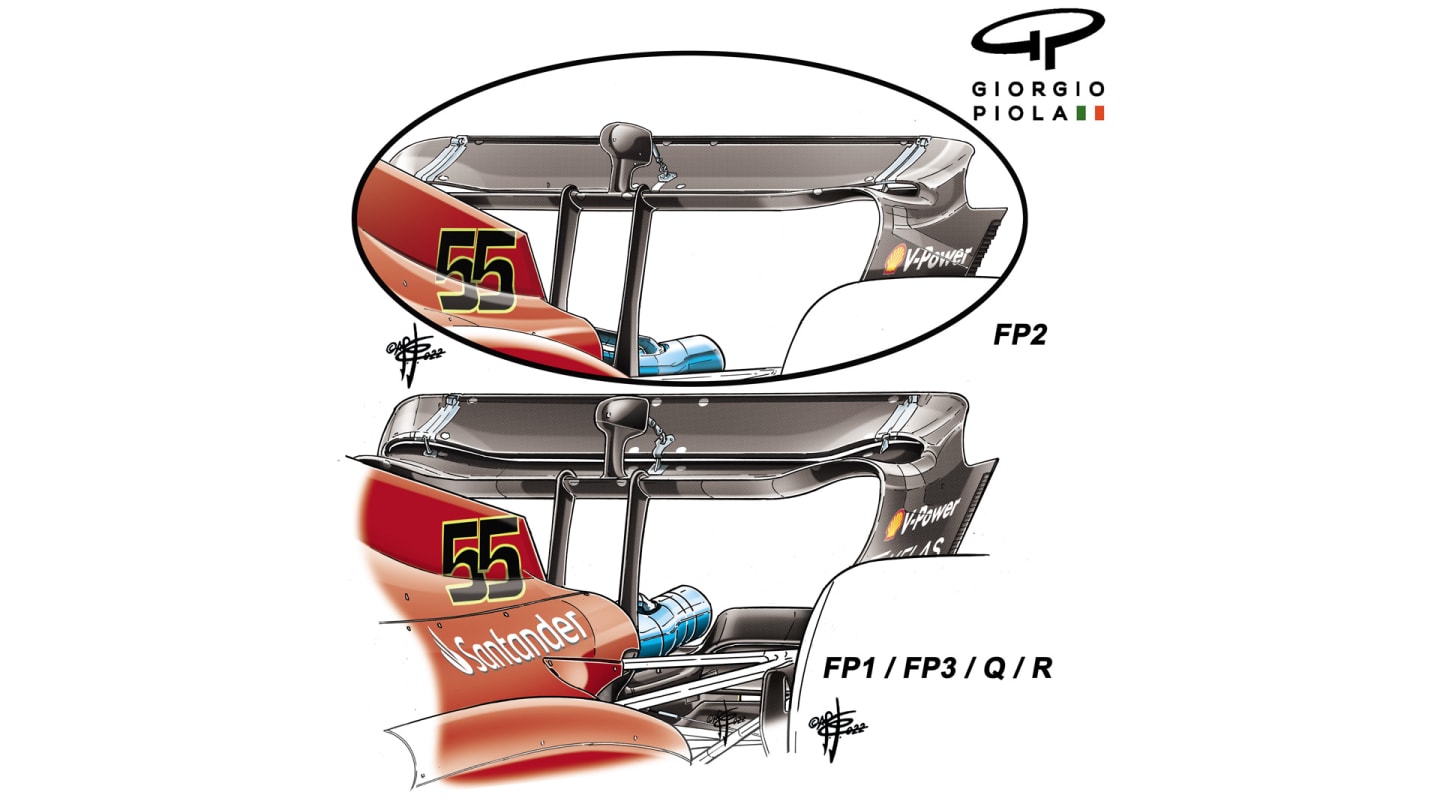
Ferrari tried a very low downforce rear wing in combination with a single flap beam wing in FP2 at Spa but chose to qualify and race with the Baku-style spoon profiled wing, which was less extreme in its trimming of mainplane and flap area. But this was still a skinnier wing than that chosen by Red Bull (below)
The absolute key to the big aero efficiency which Spa rewards is retaining good downforce at high ride heights. Because the corner spread speeds of Spa are so extreme – from the hairpin of La Source and the tight chicane to the super-high speeds of Pouhon and Blanchimont – and because of the compression of Eau Rouge, teams are forced to run a big rear ride height.
Through the fast corners, the downforce will force the car down on its suspension regardless, but in the slow corners as the downforce bleeds off and the car comes back up towards whatever it’s been set at, a high ride height is very costly in downforce because the underbody venturi effect becomes much less powerful.
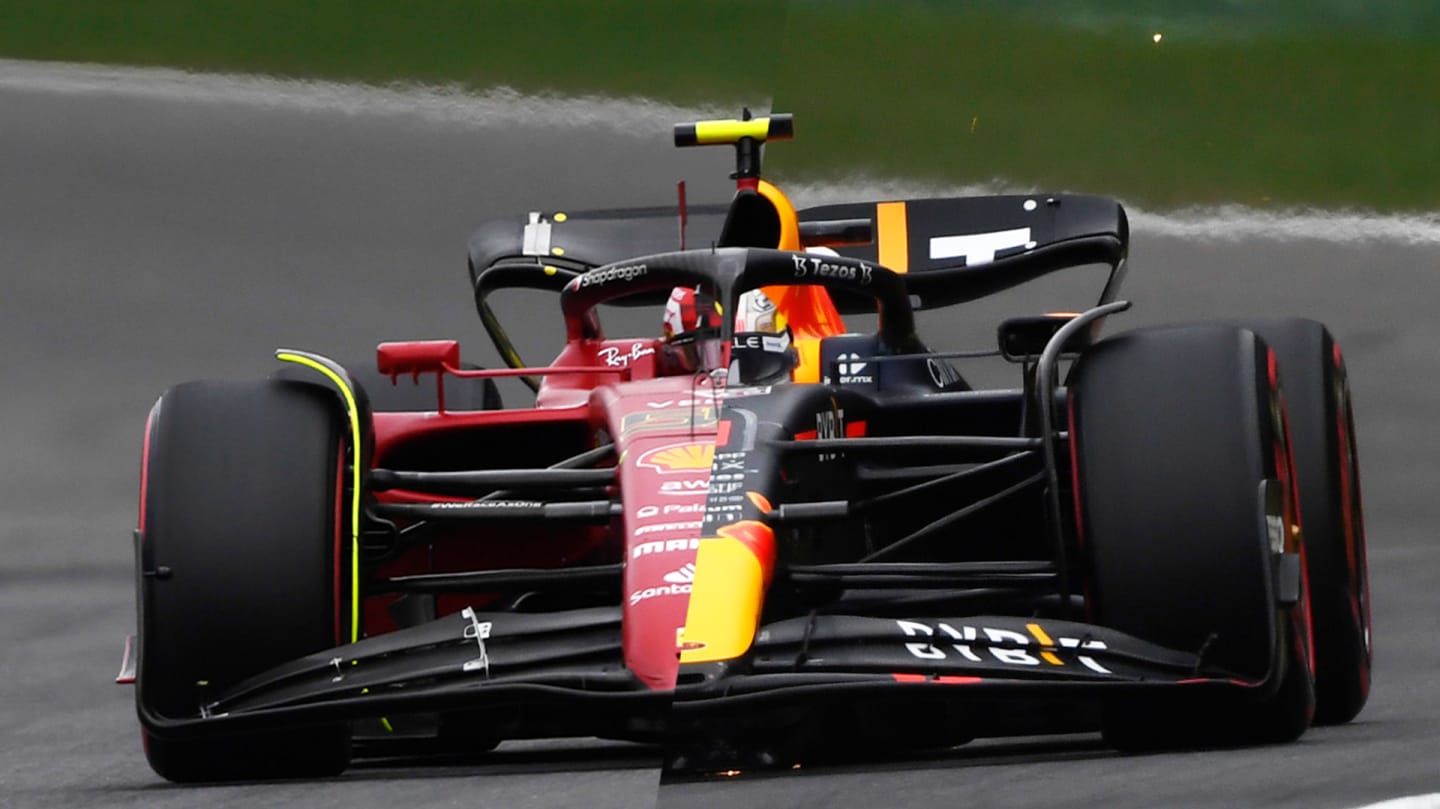
Ferrari's wing was slightly skinnier than Red Bull's. Above is a comparison of both teams' wings in qualifying
Retaining good downforce at high ride heights buys a lot of Spa lap time. The temptation is to run the ride height as low as you can get away with, but the risk is then that the car is set too low for the end of the straights and the fast corners and it will bounce and porpoise, slowing it down.
This looks to be what Ferrari have done – because Sainz is actually quicker than Verstappen in the slow Rivage, the tight Stavelot and the Bus Stop, but in the race he was constantly being told which kerbs to avoid so as to remain within the newly-mandated Technical Directive that sets a limit on the vertical accelerations of the car.
Factor in also that Red Bull’s revised engine cover allowed for the lesser cooling demands compared to recent races (because of the lower temperature and the higher speeds), reducing the drag.
These things combined look to have allowed Red Bull to accommodate good low speed downforce with fantastic high-speed downforce, smooth ride and competitive straight-line speeds. And this is what allowed them that big aero efficiency advantage on a dominant weekend in Spa.
More Tech Tuesday articles
- TECH TUESDAY: Assessing the strengths and weaknesses of every car on the 2022 F1 grid
- TECH TUESDAY: Could this 2022 F1 design trend explain strange spins for Leclerc and Verstappen?
- TECH TUESDAY: A closer look at the FIA’s 2023 rule tweaks aiming to banish bouncing
- TECH TUESDAY: Understanding the Technical Directive on floors that came into effect at the Belgian GP
YOU MIGHT ALSO LIKE
News Leclerc admits double disqualification ‘hurt’ Ferrari as Hamilton left ‘100% confident’ team can fix any problems
News Alpine reveal ‘misjudgement’ that led to heavy Doohan crash in Suzuka FP2 as they assess chances of fixing car for Qualifying
News ‘It definitely feels different’ – Lawson opens up on how Racing Bulls car compares to Red Bull’s after Friday practice at Suzuka
News 'He’s an extremely fast driver’ – Gasly assesses whether former team mate Tsunoda can succeed in ‘complicated’ Red Bull opportunity
